天 文 研 究 設 施
Research Observing Facilities
NTNU astronomers have access to or have used data taken from the following observing facilities :
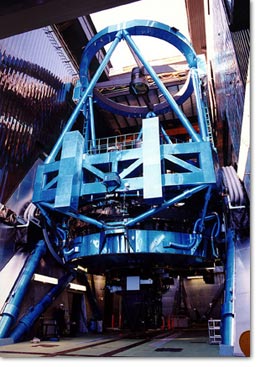

Subaru Telescope, located at the summit of Mauna Kea, Hawaii, USA, is an 8.2-meter optical-infrared telescope operated by the National Astronomical Observatory of Japan.
PS1, the first Pan-STARRS (Panoramic Survey Telescope and Rapid Response System) telescope, located at the summit of Mount Haleakala on Maui, Hawaii, USA, is a 1.8-meter optical telescope monitoring the sky for moving objects on a continual basis, including accurate astrometry and photometry of already detected objects.
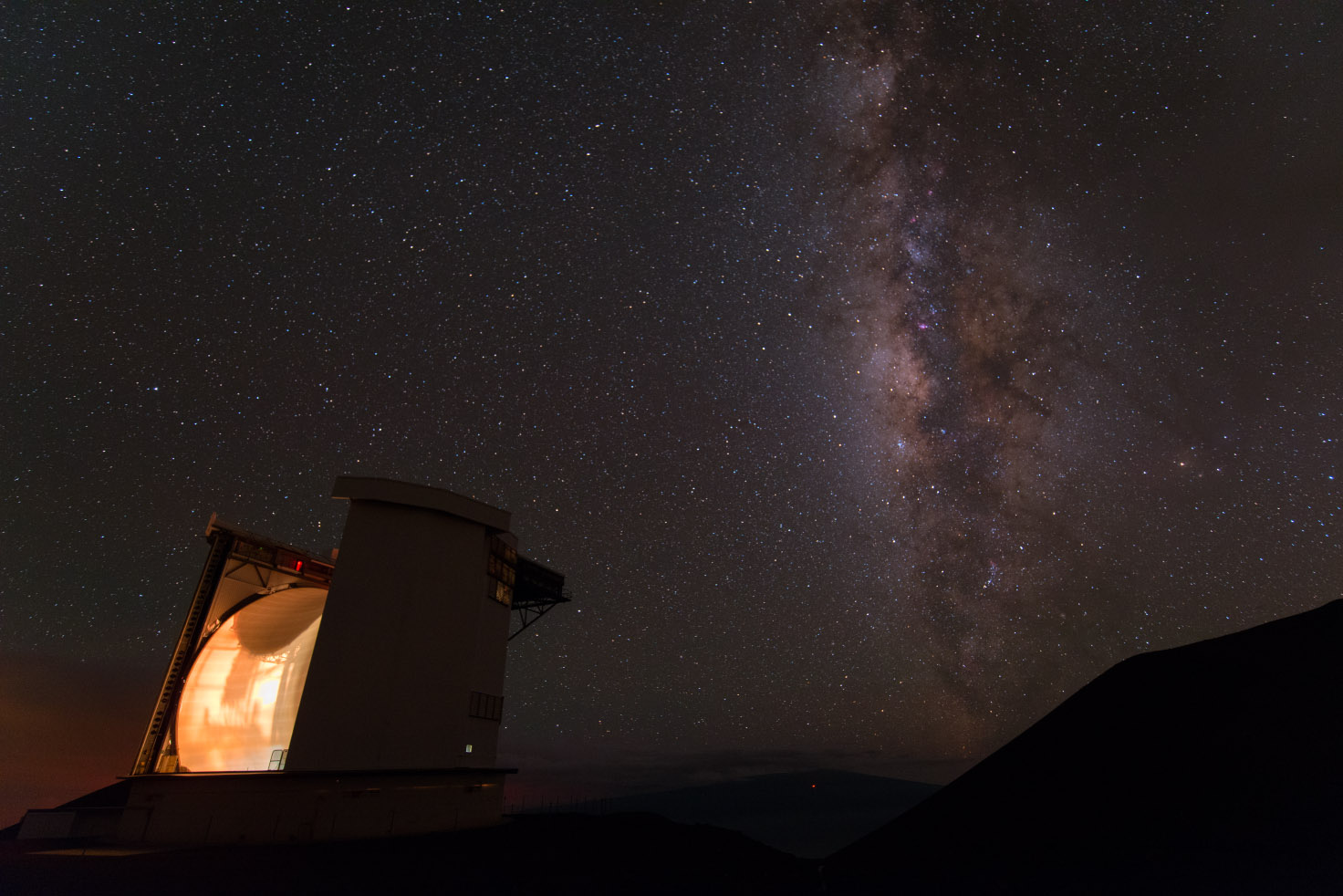
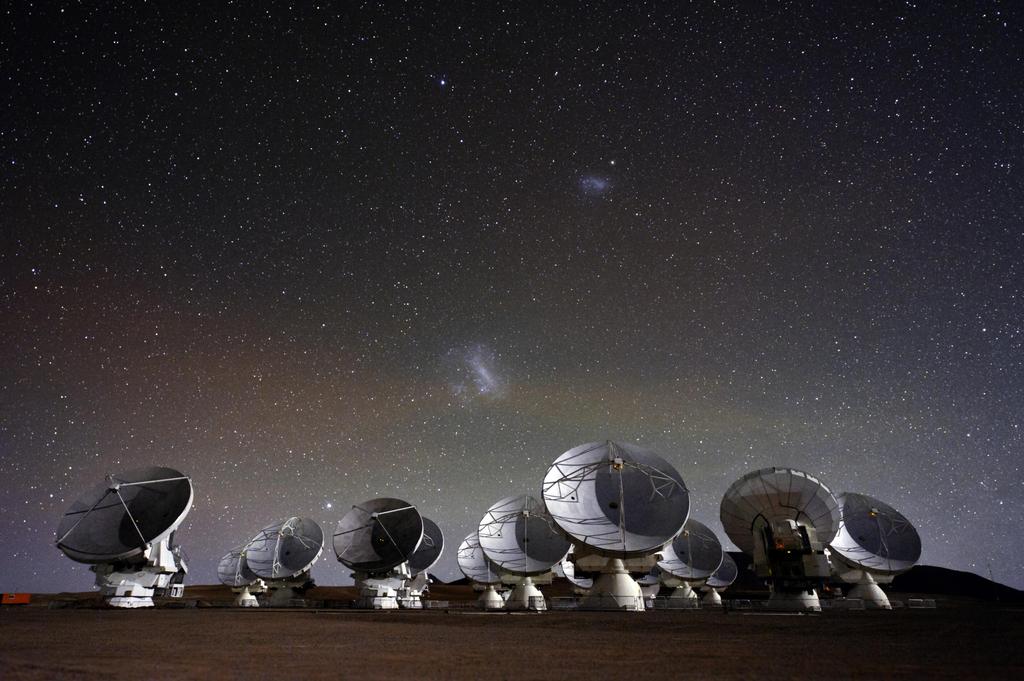
The James Clerk Maxwell Telescope (JCMT) is a 15-meter submillimetre-wavelength telescope at the summit of Mauna Kea. It is now taken over by the East Asian Observatory.
The Atacama Large Millimeter/ submillimeter Array (ALMA), located at 5,000 meters altitude on the Chajnantor plateau in the northern Chile, is composed of 66 high-precision antennas including fifty-four 12-meter and twelve 7-meter diameter antennas. ALMA is an international partnership among Europe, the United States, Canada, East Asia (including Taiwan) and the Republic of Chile.
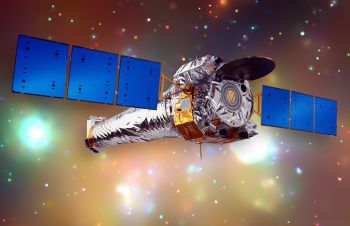
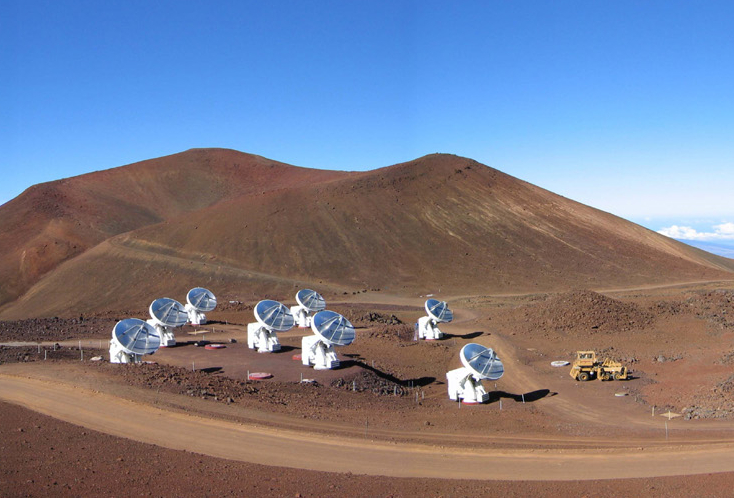
Chandra X-ray Space Observatory, a space telescope launched by NASA, USA.
The Submillimeter Array (SMA) is an 8-element radio interferometer with 6-m dishes located atop Mauna Kea in Hawaii. The telescope is a collaboration between the Academia Sinica Institute of Astronomy and Astrophysics (ASIAA) in Taiwan and the Smithsonian Astrophysical Observatory (SAO) in the USA.
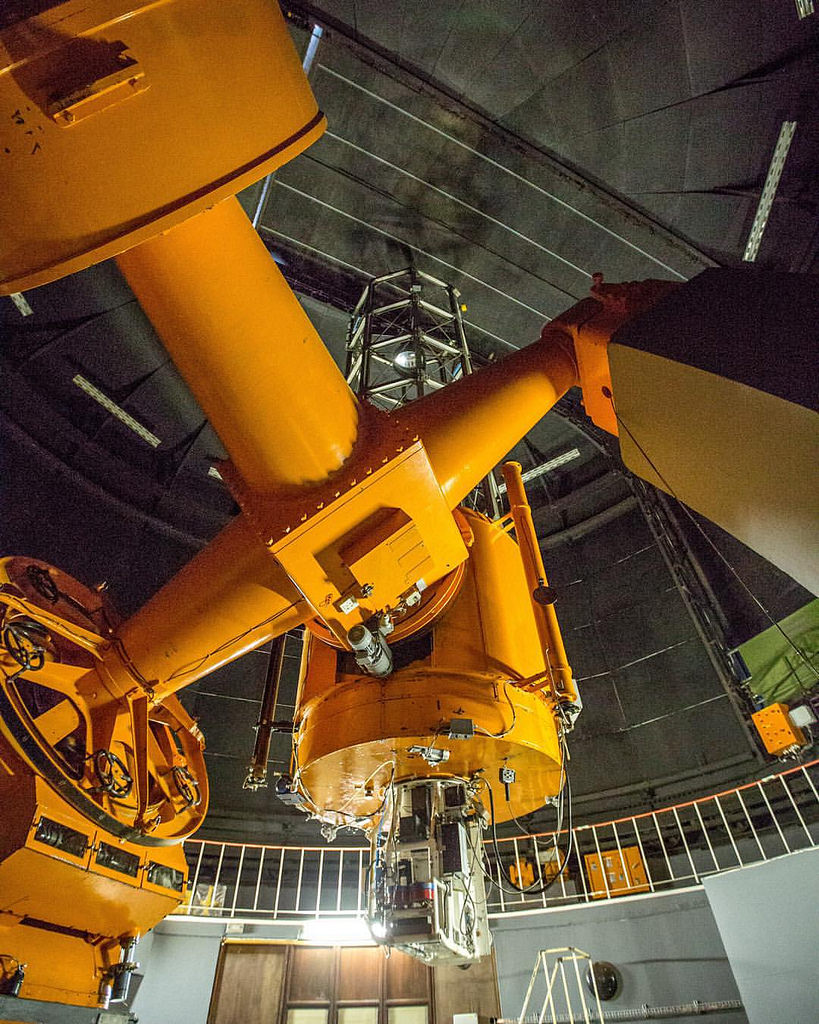
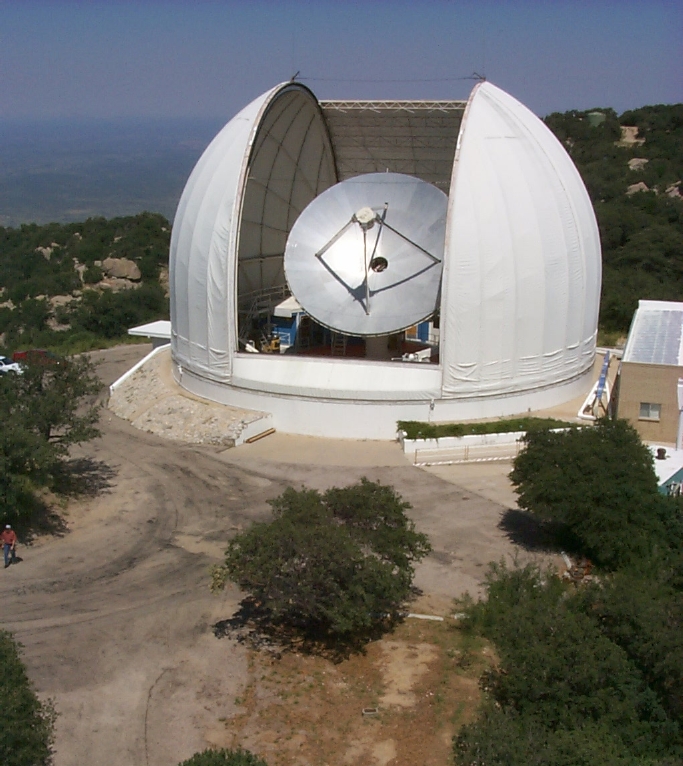
SAAO 2-m optical telescope located at the South African Astronomical Observatory in South Africa.
The Kitt Peak 12-meter millimetre-wavelength telescope (KP12M) is a 12 meter ALMA Prototype Telescope located 50 miles South-West of Tucson on Kitt Peak, Arizona, USA. Together with SMT, KP12M is also operated by Arizona Radio Observatory (ARO) of the University of Arizona.
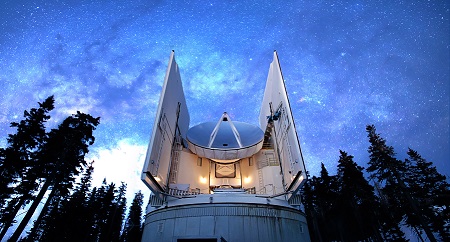
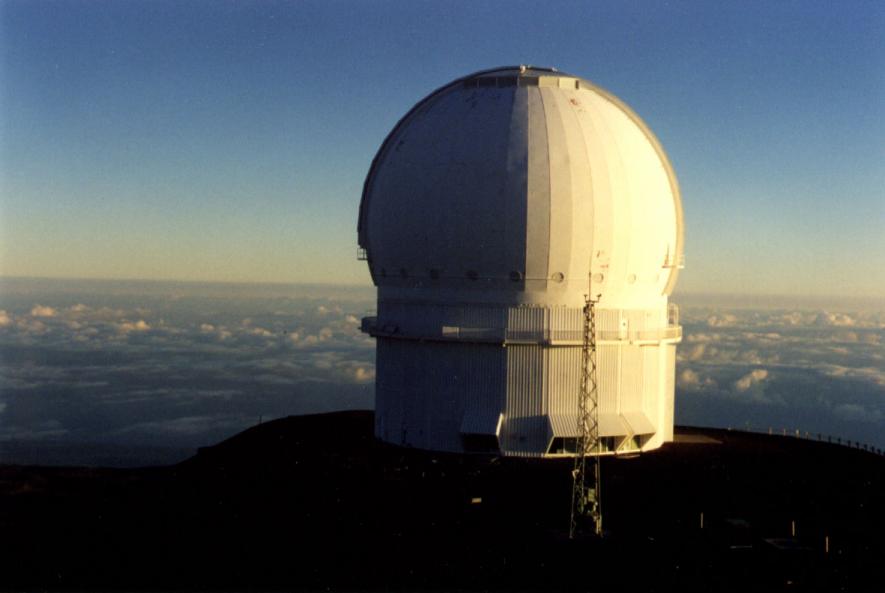
Submillimeter Telescope (SMT), located on Mt. Graham near Safford, Arizona, USA, is an 10-m diameter radio telescope operated by Arizona Radio Observatory (ARO) of the University of Arizona.
The CFHT, Canada–France–Hawaii Telescope, is located near the summit of Mauna Kea mountain on Hawaii's Big Island at an altitude of 4,204 m , and is one of the observatories that comprise the Mauna Kea Observatory. The telescope is a Prime Focus/Cassegrain configuration with a usable aperture diameter of 3.6 m.
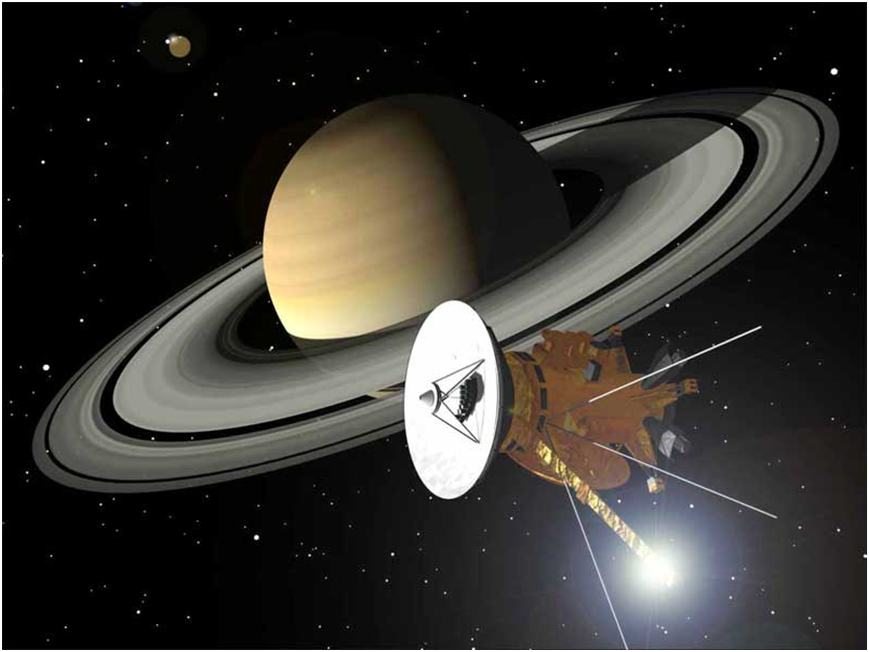
 >
>The Cassini spacecraft, which has explored the Saturnian system since Saturn Orbital Insertion (SOI) in 2004, has already discovered water ice plumes ejected from Enceladus and liquid hydrocarbon lakes on Titan’s surface. There are 12 instruments on board Cassini including the package of optical remote sensing and the one of studying the dust, plasma and magnetic fields around Saturn. Our research work focuses on the atmospheric evolution of satellites and of rings, and the plasma environment in the Saturnian system, using primarily with the data observed by the Cassini Plasma Spectrometer (CAPS) and Ion and Neutral Mass Spectrometer (INMS).
Rosetta is the first-ever spacecraft chasing the comet 67P/Churyumov-Gerasimenko (and then, orbiting around it until 2017), with a successful lander probe on the comet, Philae, for the first time in the human history. We use the Microwave instrument for the Rosetta Orbiter (MIRO) to study the chemical composition of the coma gas including its origins and evolutions.